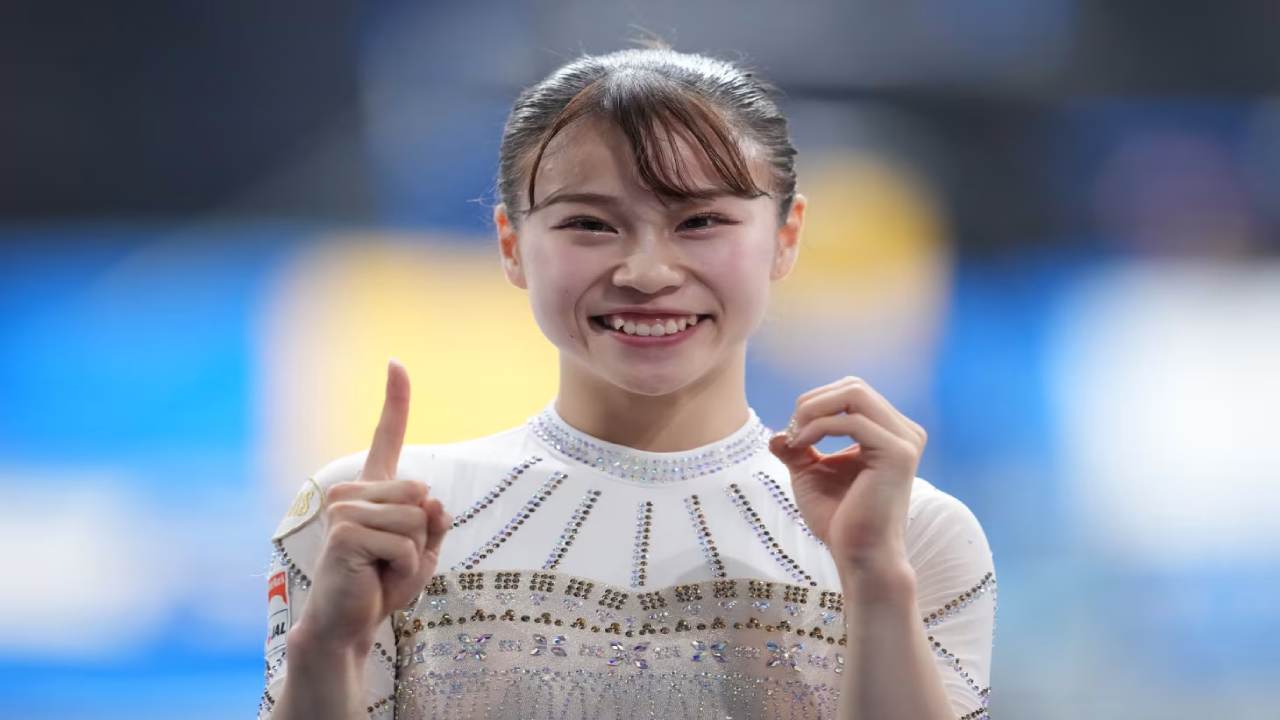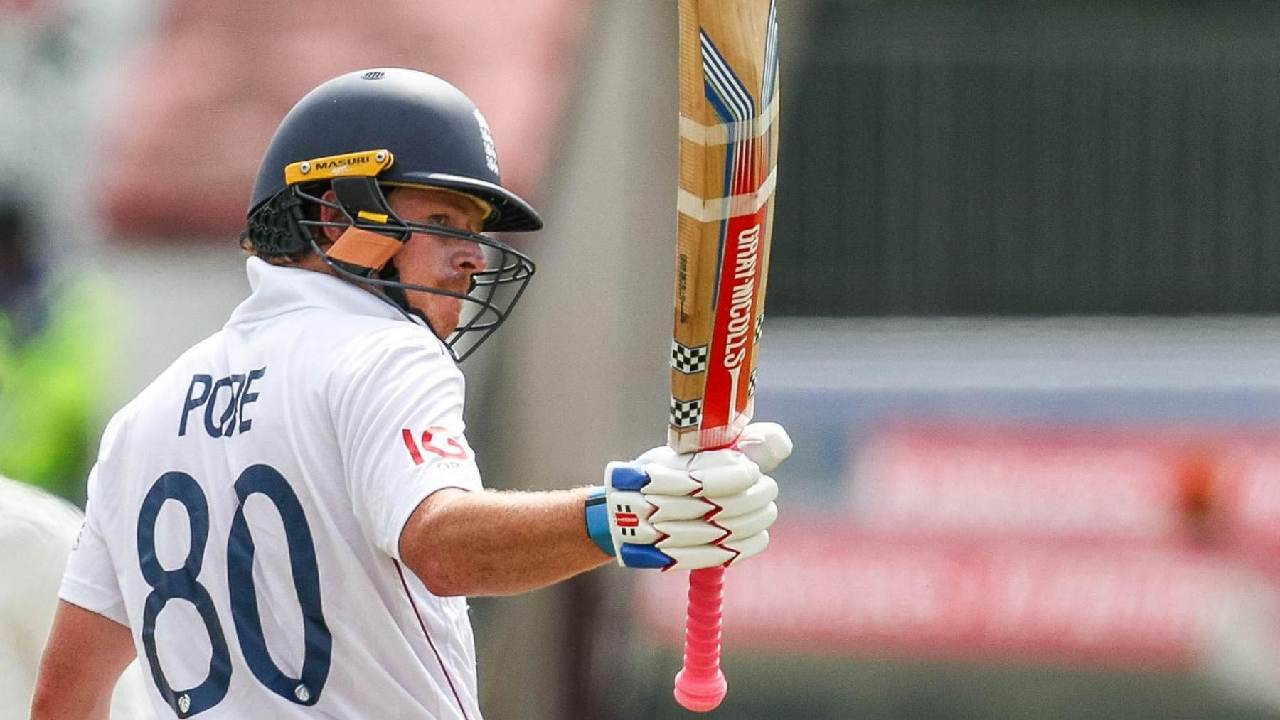From Tears to Triumph: Aiko Sugihara’s Emotional Journey to World Gold
Ohana Magazine – The Indonesia Arena in Jakarta became more than just a sports venue for Aiko Sugihara, the Japanese artistic gymnast whose tears have captured global attention. Within a span of two days, her emotions transformed from heartbreak to triumph during the 2025 Artistic Gymnastics World Championships. For Sugihara, the same floor that witnessed her fall also became the stage where she reclaimed her glory. On Thursday (October 23, 2025), she broke down after a disappointing performance that cost her a medal in the all-around final. Yet by Saturday (October 25, 2025), those same tears returned this time for a far more beautiful reason. Her journey over those 48 hours reflected not just the volatility of sport but the fragility of the human spirit. Sometimes, as Sugihara proved, life can change completely in a single heartbeat.
The Heartbreak of the All-Around Final
Two days before her golden redemption, Aiko Sugihara was crushed by disappointment. In the all-around final, the two-time Olympian began strongly but stumbled on the uneven bars, a mistake that sent her from medal contention to 20th place on that apparatus. “The medal felt like it was right in front of me,” she said tearfully in the mixed zone. “Then suddenly, it disappeared.” Her coach’s anxious expression during her fall became one of the most circulated images of the event. Despite strong showings on the balance beam and floor, the scores weren’t enough to lift her into the top three. She finished seventh overall, and when the results came in, she couldn’t hold back her tears. In that moment, Sugihara’s pain felt universal the ache of being so close to greatness, only to see it slip away.
“Read More : Trump Raises Tariffs on Canada by 10% After Anti-Tariff Ad Sparks Tension“
From Despair to Redemption
What makes sports compelling isn’t just victory, but transformation and Aiko Sugihara embodied that truth. Just two days after her heartbreak, she returned to the Indonesia Arena for the floor exercise final. As the final scores appeared on the screen and Caylor Dulcy of the United States posted 12.966 points, Sugihara realized her 13.833 had secured the gold medal. The tears returned, but now they symbolized release, joy, and redemption. “I never imagined I could be a world champion,” she said while wiping her face, overwhelmed with disbelief. As she raised Japan’s flag and bowed to the crowd, her emotions poured out freely. Those tears represented a decade of resilience from her debut at the 2015 World Championships to years of setbacks and even retirement in 2022. For Sugihara, the gold wasn’t just a medal; it was proof that perseverance always finds its way home.
Ten Years to the Top
It took ten long years for Aiko Sugihara to finally reach the top of the podium. Before her 2025 triumph, her best finish had been fifth place in the team category at the 2015 World Championships. Through injuries, uncertainty, and even a temporary exit from competition, Sugihara remained one of Japan’s most technically elegant gymnasts, though often overshadowed by compatriots like Mai Murakami, the world champion in 2017 and 2021. Her return in 2025 was not just physical but emotional a reawakening of self-belief. In Jakarta, her floor routine to George Gershwin’s “Rhapsody in Blue” was a breathtaking blend of grace and strength, earning an execution score of 8.033, unmatched by any other competitor. As she performed her signature move miming the act of placing a crown on her head the symbolism was undeniable. After a decade of waiting, Sugihara had finally crowned herself queen.
“Read More : Big Change: NCAA Lets College Athletes Bet on Professional Sports Starting November 1“
The Bronze Before the Gold
Interestingly, her golden moment on the floor came just an hour after she secured bronze on the balance beam. That earlier success seemed to reignite her confidence, washing away the sting of her earlier fall. “I was disappointed after the all-around,” she admitted, “but I told myself this is a different final. I just wanted to enjoy the moment and give my best performance.” That shift in mindset proved crucial. Instead of chasing perfection, she focused on presence. The result was a performance full of freedom her movements crisp, her landings steady, her expression serene. It was a lesson in emotional recovery, one that resonates beyond sports. In many ways, Sugihara’s bronze was the spark that set the stage for her gold, a quiet reminder that progress often arrives in small, steady steps before it bursts into brilliance.
The Meaning Behind the Tears
For those watching, Aiko Sugihara’s tears were more than emotion; they were storytelling. On Thursday, they symbolized frustration and loss. On Saturday, they represented gratitude and fulfillment. In between those days lay everything that defines a true athlete pain, persistence, and faith. “Gymnastics is like life,” Sugihara reflected. “It can change so easily. But if you stand up again, you can find something greater.” Her words echoed beyond the arena. The image of her crying on the mat, clutching Japan’s flag, will likely become one of the most iconic moments of this year’s championship. It wasn’t just about winning gold; it was about reclaiming identity, purpose, and pride. Her story reminds us that greatness isn’t about avoiding failure it’s about facing it, learning from it, and coming back stronger than ever.













